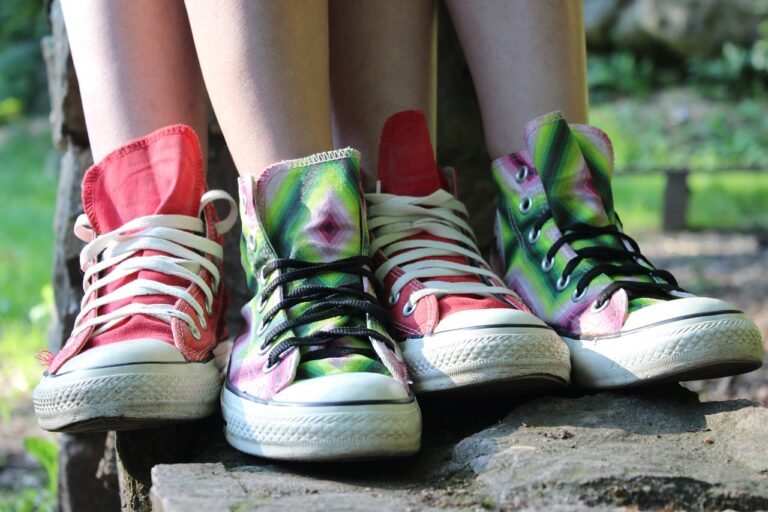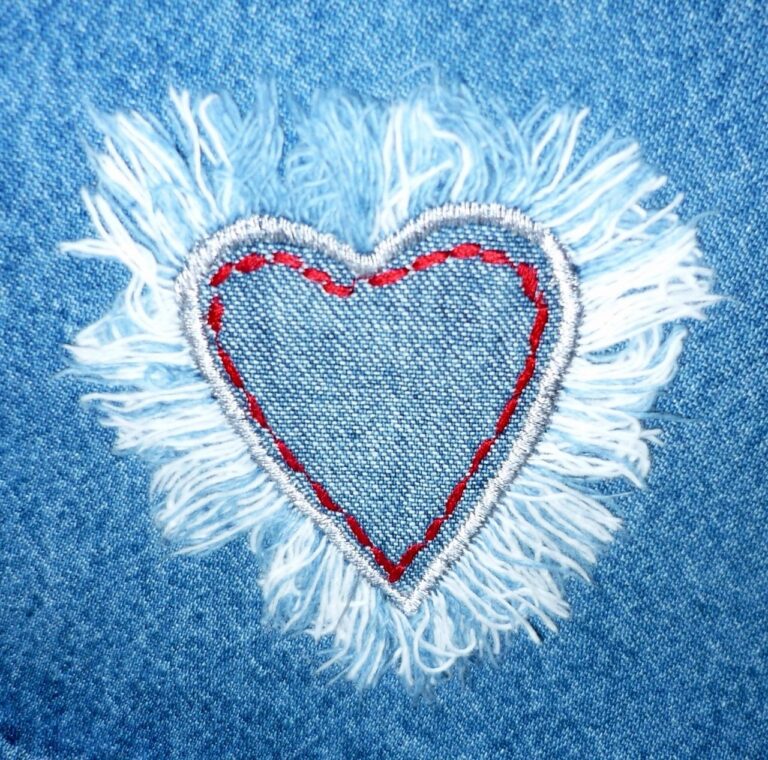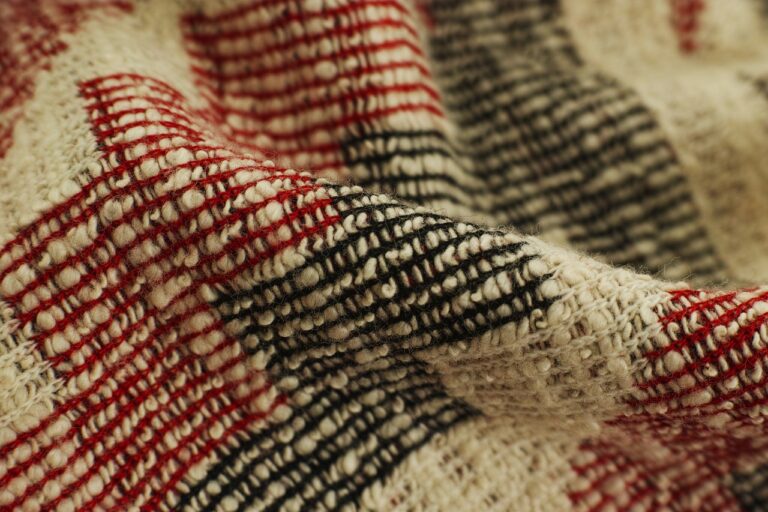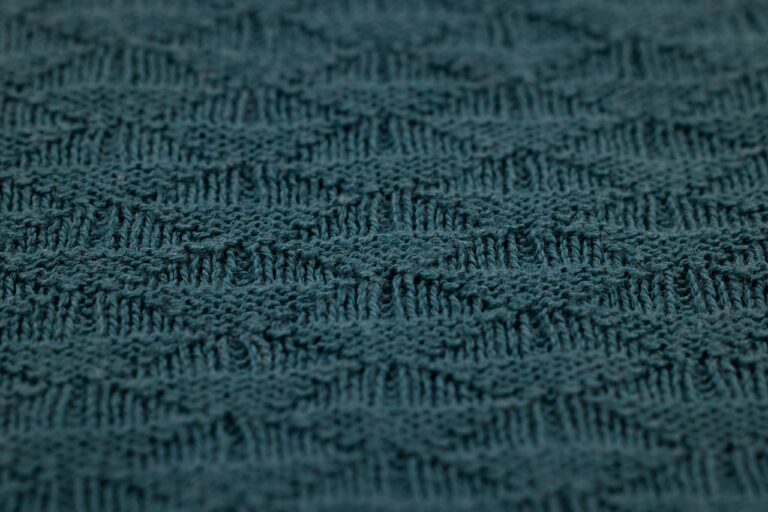Fashion and Sustainability: Implementing Circular Economy Practices
Circular economy in the fashion industry offers numerous advantages including reducing waste by promoting reuse, repair, and recycling of materials. By implementing circular practices, fashion companies can extend the lifespan of their products and decrease the environmental impact of the industry. This not only helps in conserving resources but also minimizes greenhouse gas emissions and water pollution associated with the production of new clothing.
Moreover, embracing a circular economy model in fashion can lead to cost savings and increased profitability for businesses. By utilizing sustainable practices such as designing products for disassembly and remanufacturing, companies can create a more efficient and resourceful production process. Additionally, engaging in activities like clothes swapping or rental services can attract environmentally-conscious consumers, thereby enhancing brand reputation and customer loyalty.
Challenges of Implementing Circular Economy Practices in Fashion
Implementing circular economy practices in the fashion industry is not without its difficulties. One major challenge is the lack of standardized processes and regulations, making it hard for businesses to navigate and adopt sustainable practices seamlessly. Without clear guidelines and industry-wide standards, companies may struggle to prioritize sustainability and may face internal conflicts on the best way to proceed.
Moreover, another obstacle is the misconception that sustainable fashion is always more expensive. Many businesses in the industry fear that transitioning to circular economy practices will result in higher production costs and consequently lower profit margins. This mindset hinders the widespread adoption of sustainable fashion practices, as companies are hesitant to invest in changes that may not immediately show financial returns.
Strategies for Designing Sustainable Fashion
When it comes to designing sustainable fashion, one crucial aspect to consider is utilizing eco-friendly materials. Designers are increasingly opting for organic fabrics such as organic cotton, hemp, and bamboo, as well as recycled materials like polyester made from PET bottles. By choosing these materials, fashion designers can significantly reduce their environmental footprint and contribute to a more sustainable industry overall.
Another key strategy for designing sustainable fashion is designing garments with longevity in mind. Creating timeless pieces that are durable and well-made can help reduce the amount of clothing that ends up in landfills. By focusing on quality over quantity and encouraging consumers to invest in pieces that will last for years, designers can promote a more sustainable approach to fashion production and consumption.
What are the benefits of implementing circular economy practices in the fashion industry?
Implementing circular economy practices in the fashion industry can help reduce waste, decrease the industry’s environmental impact, promote ethical production practices, and create a more sustainable supply chain.
What are some challenges of implementing circular economy practices in the fashion industry?
Some challenges of implementing circular economy practices in the fashion industry include changing consumer behavior, high initial costs of sustainable production, lack of industry-wide standards, and the need for collaboration across the supply chain.
What are some strategies for designing sustainable fashion?
Some strategies for designing sustainable fashion include using eco-friendly materials, reducing waste through recycling and upcycling, implementing ethical production practices, promoting transparency in the supply chain, and educating consumers about the importance of sustainable fashion choices.







